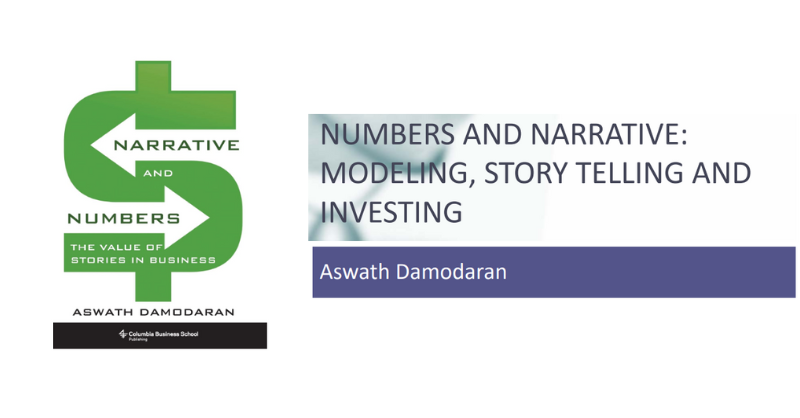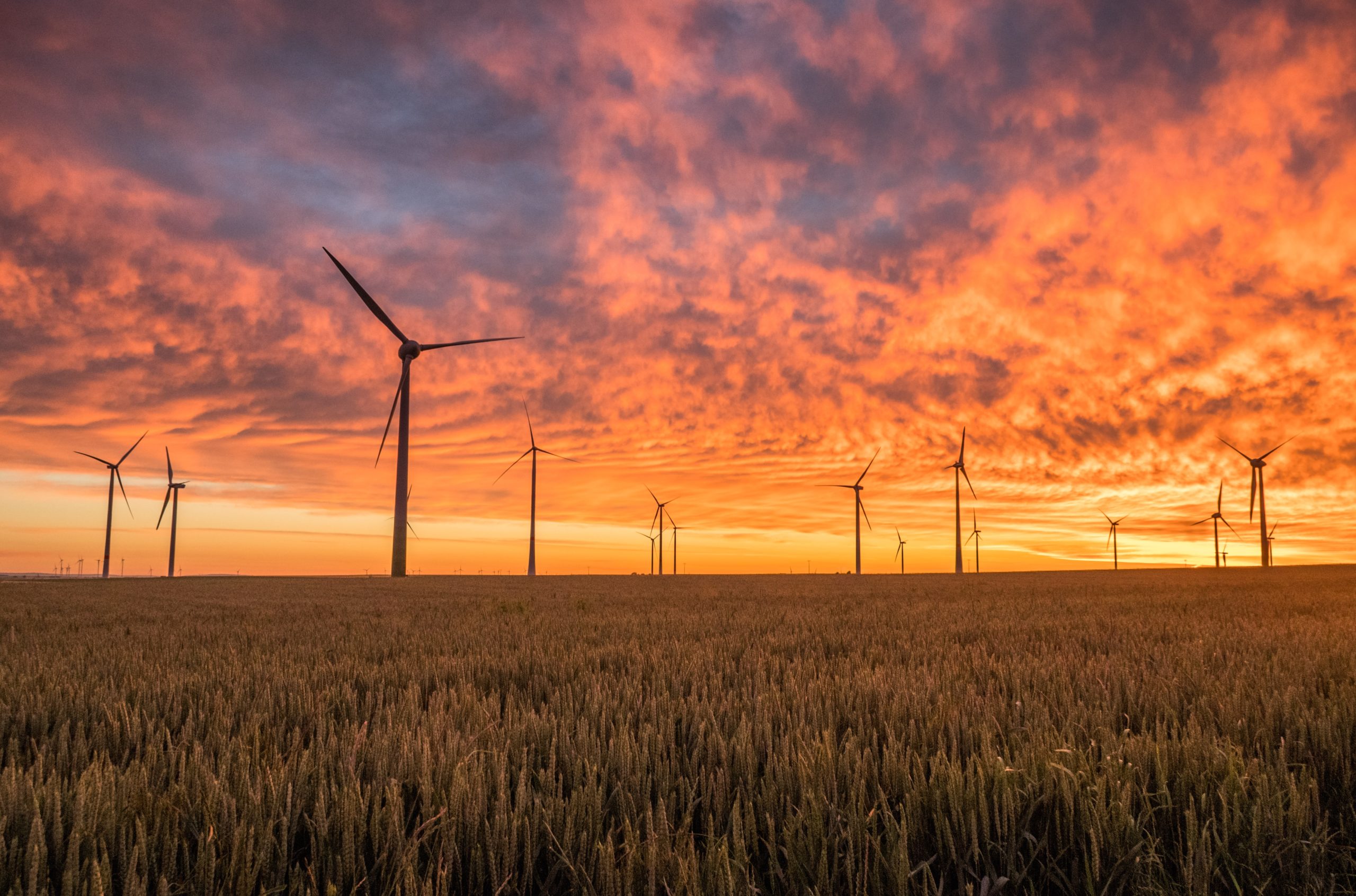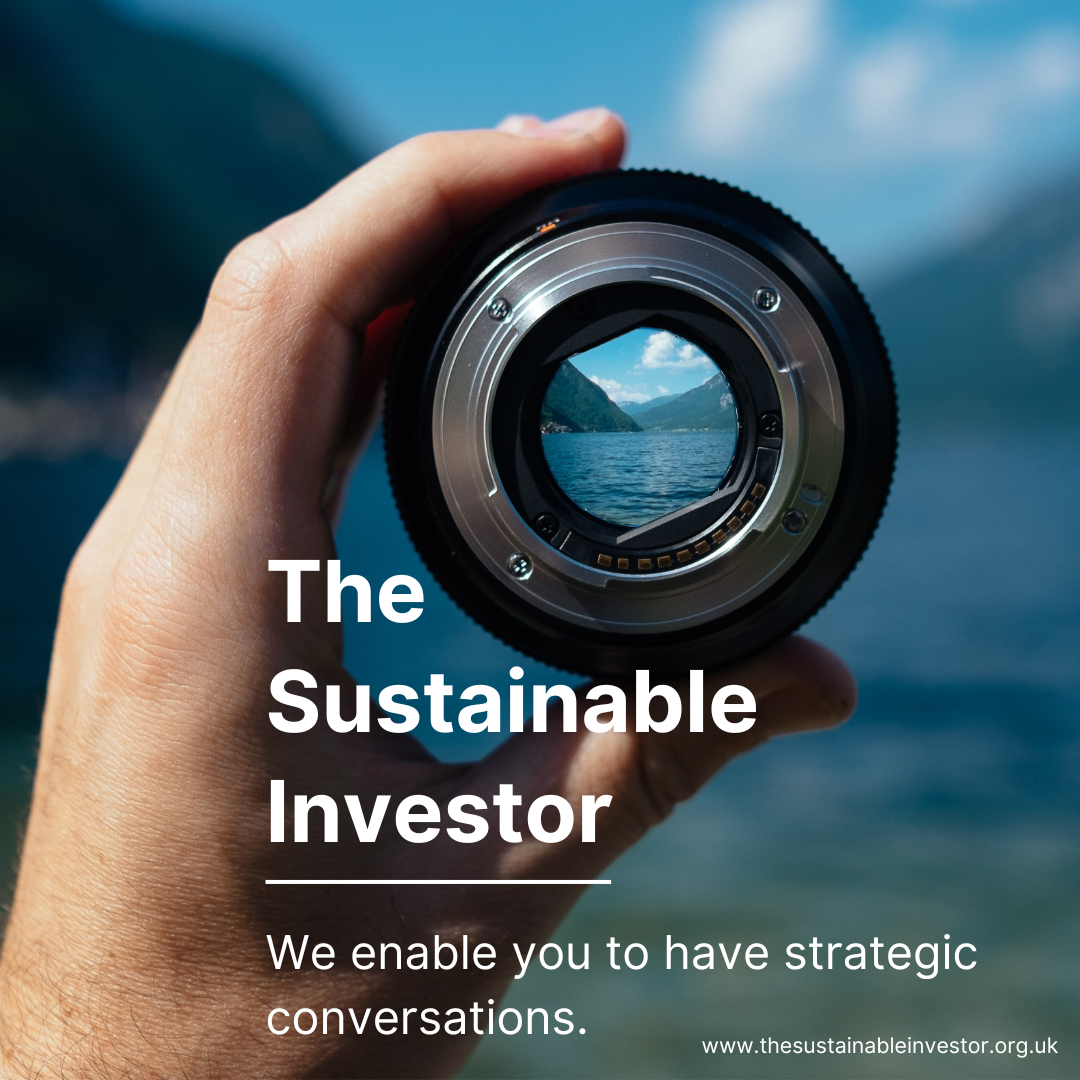
Sunday Brunch: what is this investment worth?
How we create narratives to generate financial forecasts impacts the valuation process
...and the investor is 'betting' that market expectations about that investment are wrong, and that this incorrect narrative means that the share price will move" - Rappaport & Mauboussin
What a project or investment is worth is a key driver in the willingness of investors to put money into it. This applies even to impact investments, we still need to know what financial return we will earn, even if that is not our primary motivation for the investment. And yet, how investors actually value investment opportunities is really poorly understood. In fact, I would go further and argue this misunderstanding creates the biggest gap between sustainability professionals and finance people. And failing to bridge this gap stops some really positive and sustainable projects getting built.
The good news is that by learning some important financial concepts, sustainability professionals can get a lot better at communicating with finance people, and persuading them to invest.
If you want to read the rest and are not already a member...

The process of valuation doesn't work the way you think.
When finance people try to teach sustainability professionals how to value an investment opportunity, they normally get straight into the mathematical detail. Lot's of accounting (profit and loss, cashflow and balance sheets) and some very detailed forecasting of capex, profit margins, and depreciation. And by doing so they miss the most important step, the one that means the whole process make sense. And the one that you need hardly any financial knowledge to master.
That step is the narrative. What business is this company in, how will the industry change over the coming years/decades, why will customers buy their product or service, what competition will they face, and why will customers pay more for the product or service than it costs to make it?
Regular readers will know that I am a bit of a fan of the work of Aswath Damodaran at NY Stern. Now, to be clear, I don't agree with everything he writes, but his work on Narrative & Numbers is incredibly useful, especially to non finance people. If you want to make your arguments to financial people more powerful and convincing, it's well worth a read.

He argues that having a strong narrative about the company, before you start working on the numbers, grounds your analysis in reality. And, it makes a debate about assumptions much more useful and meaningful. And this is something that most Sustainability Professionals have the tools and expertise to do.
How does this apply to sustainable investing?
I used to ask the graduates at my old firm how they thought the market valued an investment opportunity. The most common response was it's the discounted value of future cashflows. Or putting this in non financial speak, you work out what future cashflows the investment will create, and you bring that back to today's dollar's (or Euro's etc). This number gives you the fair value of the investment. If the price you are being asked to pay is lower than this, you buy it. And if it's higher, you either avoid it or sell it. And perhaps somewhat surprisingly, if I asked non financial clients the same question, I got similar answers, but without the financial jargon.
To an extent this answer is correct. But it misses something really important ... this is disagreement around our narrative. We don't really know what the future cashflows will be, because we don't really know how the future will pan out. That's why what we do is called forecasting. Which is where our narrative comes into play. And your narrative is probably different from those that others use. Plus, the whole net present value approach (which is what the future cashflow methodology is called) over simplifies the debate about cost of capital.
It's difficult to make predictions, especially about the future - attributed to, among others Niels Bohr
For today I want to start with the first challenge, how we create our narratives to generate our financial forecasts, and what this means for the valuation process. I will come back to the whole cost of capital issue, and how we use it, in a later blog.
Differences in narrative
I want to start by making a simple distinction. Sustainability professionals tend to start with the assumption that 'these are actions we need to take to deliver net zero'. You can see this in the frequent quoting of the IEA New Zero Scenario analysis that states that "as clean energy expands and fossil fuel demand declines in the NZE Scenario, there is no need for investment in new coal, oil and natural gas". Under this analysis, oil demand falls from around 100 million barrels per day (mb/d) to 77 mb/d by 2030 and 24 mb/d by 2050.
And many finance people tend to start from what they think will actually happen, rather than what we need to do. For instance, many oil company executives push back against the IEA peak oil assumptions, arguing that "the transition to cleaner energy to fight climate change would require continuing investment in conventional oil and gas". And hence they end up forecasting demand to grow to around 110 million barrels per day (bpd) by 2030.
Now, depending where you sit in this debate, you might think that this is a simple issue. The position of the Oil and Gas (O&G) company executives is just' self interest' and that they will be proven wrong in time. That they and their investors will shortly face the risk of stranded assets. And in this case you might be right. But different narratives appear in all sorts of other sustainable investing scenarios, and there the differences are less obvious.
And it's not just in O&G we see different narratives.
We can take a less controversial example - electric vehicles. All sustainability professionals will agree, we need to transition away from the internal combustion engine and toward electric vehicles. And while we are making reasonable progress at the more expensive end of the car market, progress is slower at the mass market end. And many analysts argue that this is because the upfront cost of an EV is higher.
And, we have a way of reducing the cost to the motorist on mass market EV's. It's to import them from China. Perhaps unsurprisingly, this solution is not attractive to European politicians, the automotive unions, and automotive (OEM) companies. They see Chinese EV's as benefitting from unfair financial support. So, they argue that, to create a level playing field, we need tariffs. Let's make imported Chinese EV's expensive. And as a result, the majority of European drivers cannot afford an EV, at least not yet.

So, we end up with very different narratives. On one side we have the 'we need cheap EV's to decarbonise our transport narrative'. If you used this for your forecasts you may end up deciding that investments in European EV production were too risky. And on the other side we have the 'European needs its own EV production' narrative. And using this could lead you to the opposite conclusion, that investing in European OEM's such as VW, was a good idea.
And, narratives are not just applicable to single investments.
By this point you might be saying, yes, I get this. A narrative is really useful for identifying the important points of a company investment case. So, it's useful to sustainability professionals working in companies and for asset managers. But, that is only part of the story.
Thee is a bigger narrative, or if you prefer, a bigger picture that is relevant to asset owners and NGO's as well. This was best expressed by Tom Gosling in a blog earlier in the year. He was talking specifically about the Glasgow Financial Alliance for Net Zero (GFANZ), but his point has wider implications. To quote Tom:
I’ve also become convinced that asset managers making claims that they are investing in line with GFANZ (Glasgow Financial Alliance for Net Zero) commitments are increasingly on a collision-course with their fiduciary duty to clients, which will be deeply problematic unless addressed in a timely way.
His argument (grossly simplified) is that aiming for investment action that enables the world to hit 1.5 degrees of global warming, could be the 'right' thing to do ethically, but that it might be the wrong thing to do in financial terms. Why, because unless governments act to make companies financially fully bear the externalities that flow from their operations, the financially optimal thing to do is to keep 'polluting'. And even if you do invest that way, it's by no means certain that the 1.5 degree target will be achieved. On your own you cannot do it. So, some of your investments could be 'wasted'.

Regardless if you agree with Tom, and many people do not, it's clear that there is a very different narrative if you are investing to deliver the maximum financial return, compared with the narrative if you are investing to deliver impact. And it's not just a case of aggregating all of the narratives relating to the different sustainability issues. As we move up from an individual investment to a portfolio, we need to think about our choices at a system level.

To round this out, I don't want to get into the debate about which narrative is right. If the environmentalists who argue for no new O&G exploration are correct. What I simply want to illustrate at this stage is - if you have a different narrative, you come to a very different financial conclusion.
What are the financial implications for sustainable professionals?
Before you start getting into the detail, get your narrative right. Be clear about it, and make sure you have explored it fully, testing it against the evidence and your bias's. And when faced with feedback (or criticism) from your financial colleagues, get them to explain their narrative, the assumptions that they are using to support their conclusions.
Something a little more bespoke?
Get in touch if there is a particular topic you would like us to write on. Just for you.
Contact us
Please read: important legal stuff.




